COSMOS
The most beautiful images of the Universe in an exceptional book.
Limited numbered edition
Scientific editor: Sylvain Chaty,
astrophysicist
Foreword: Michel Mayor,
astrophysicist, Nobel Prize in Physics
Exceptional book
400 pages
Binding: 3-piece Bodonian style
Closed book format: 60 x 60 cm (23.6 x 23.6 in)
Open book format: 123 x 60 cm (47.2 x 23.6 in)
Entirely hand-bound
by a master Italian bookbinder
Stand
An exclusive creation by Laure&Antoine
Companion Book
300 pages
Format : 22,5 x 29 cm
Total weight: 25 kg
Released: march 2026
Public price: 4 100 €
300 copies on subscription
Until 31 August at the special price of
2 870 €
Exclusive delivery from January 2026
Option to pay in 3 or 4 instalments free of charge
Contact us
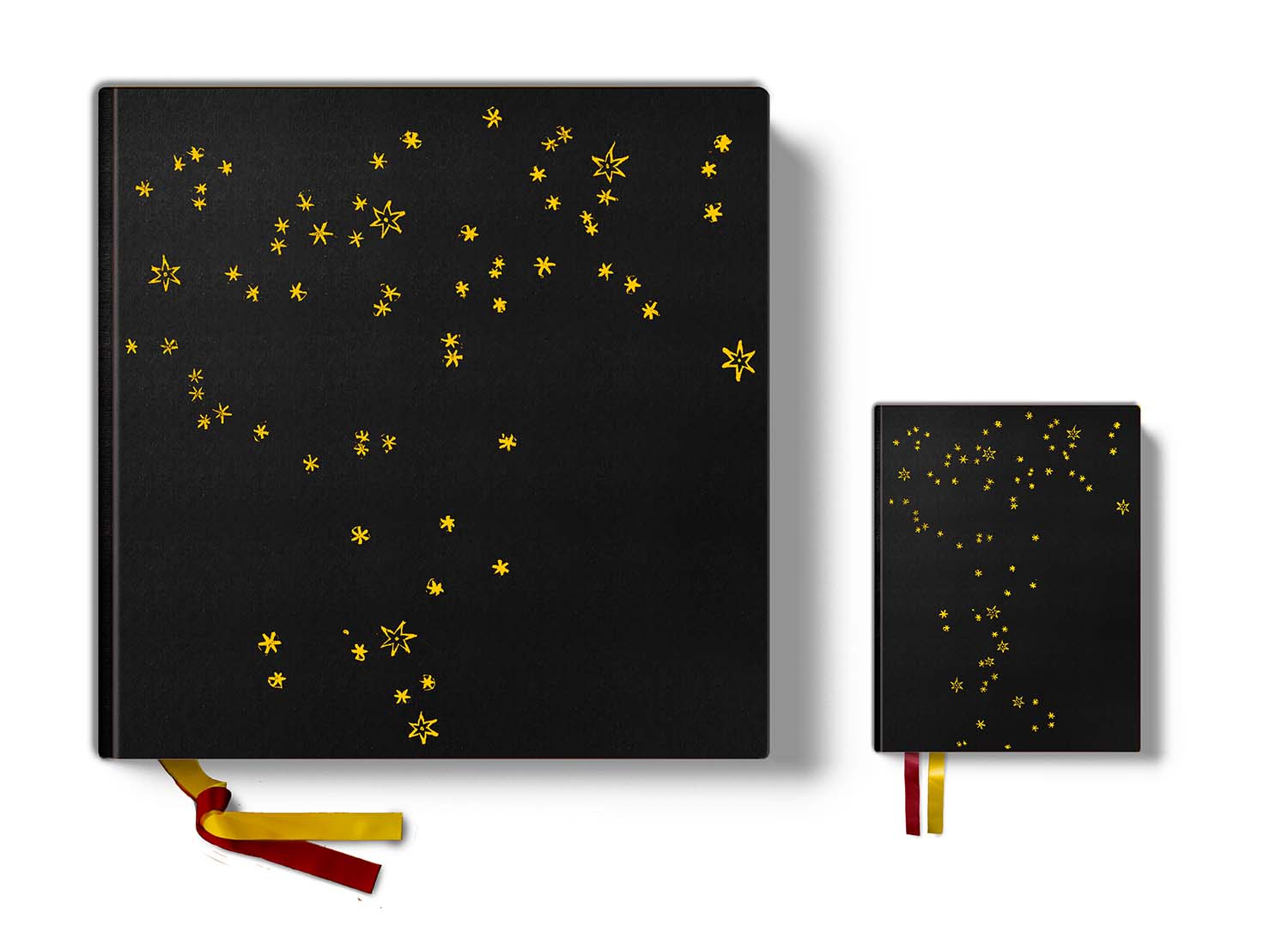
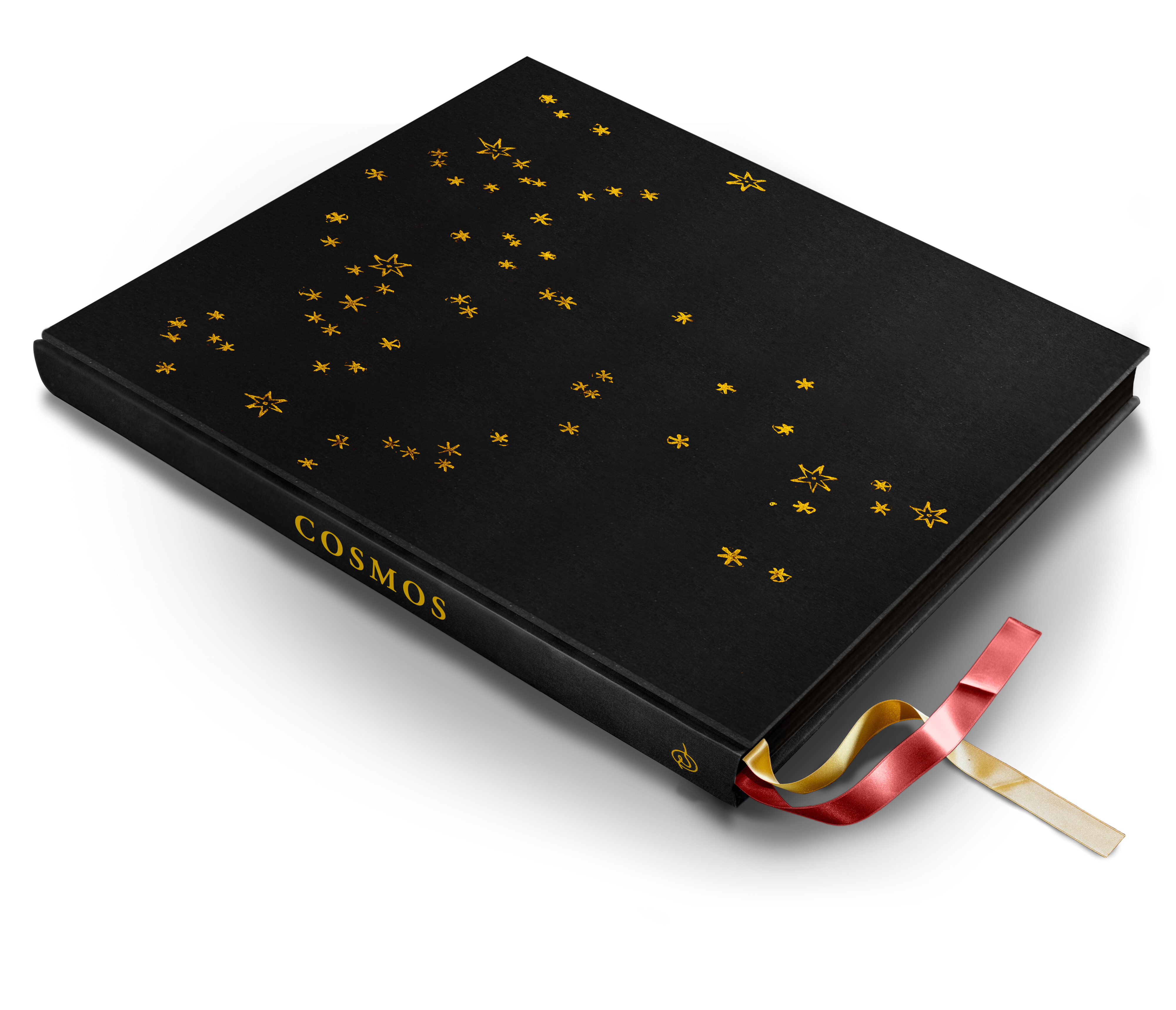
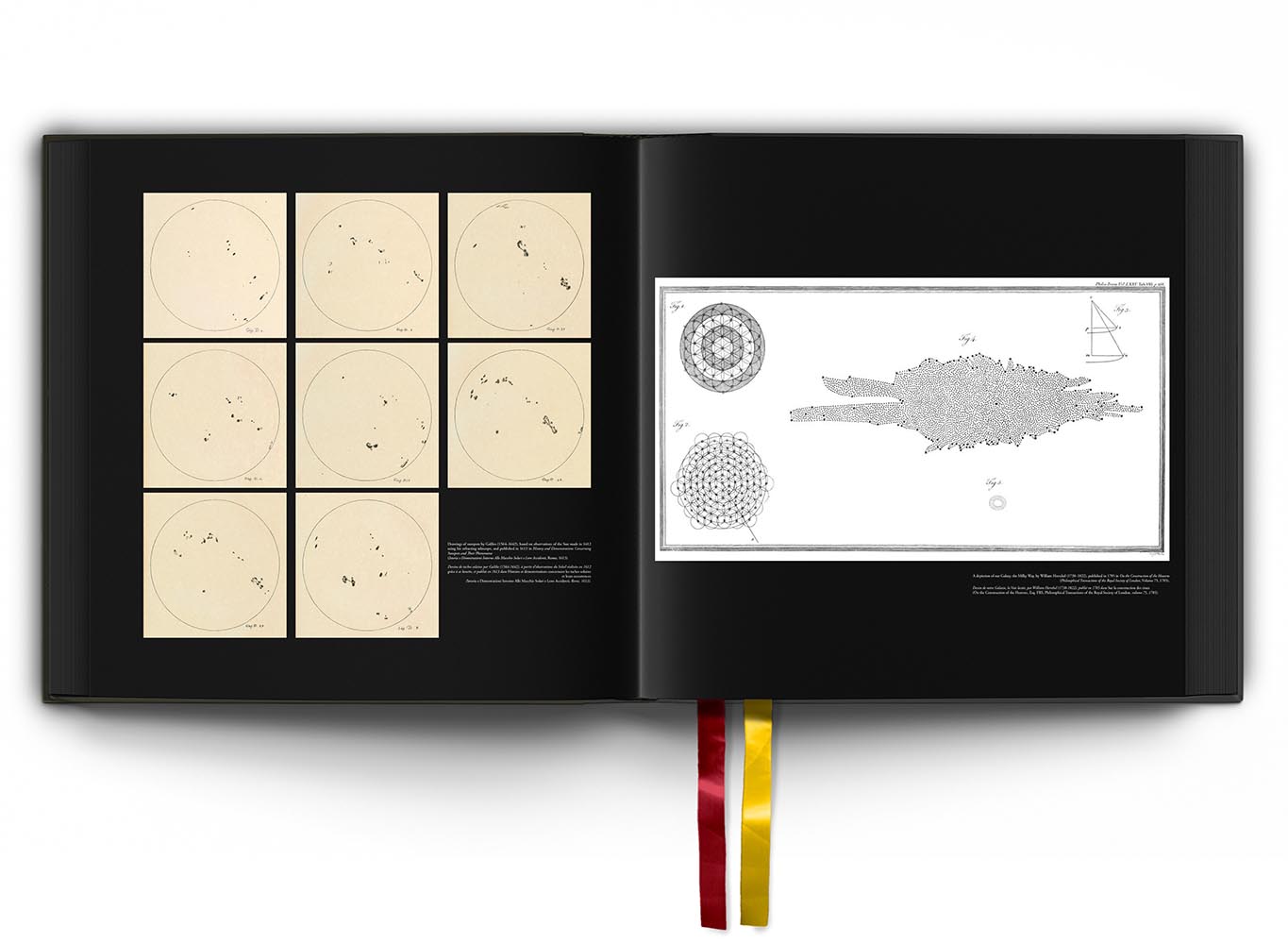
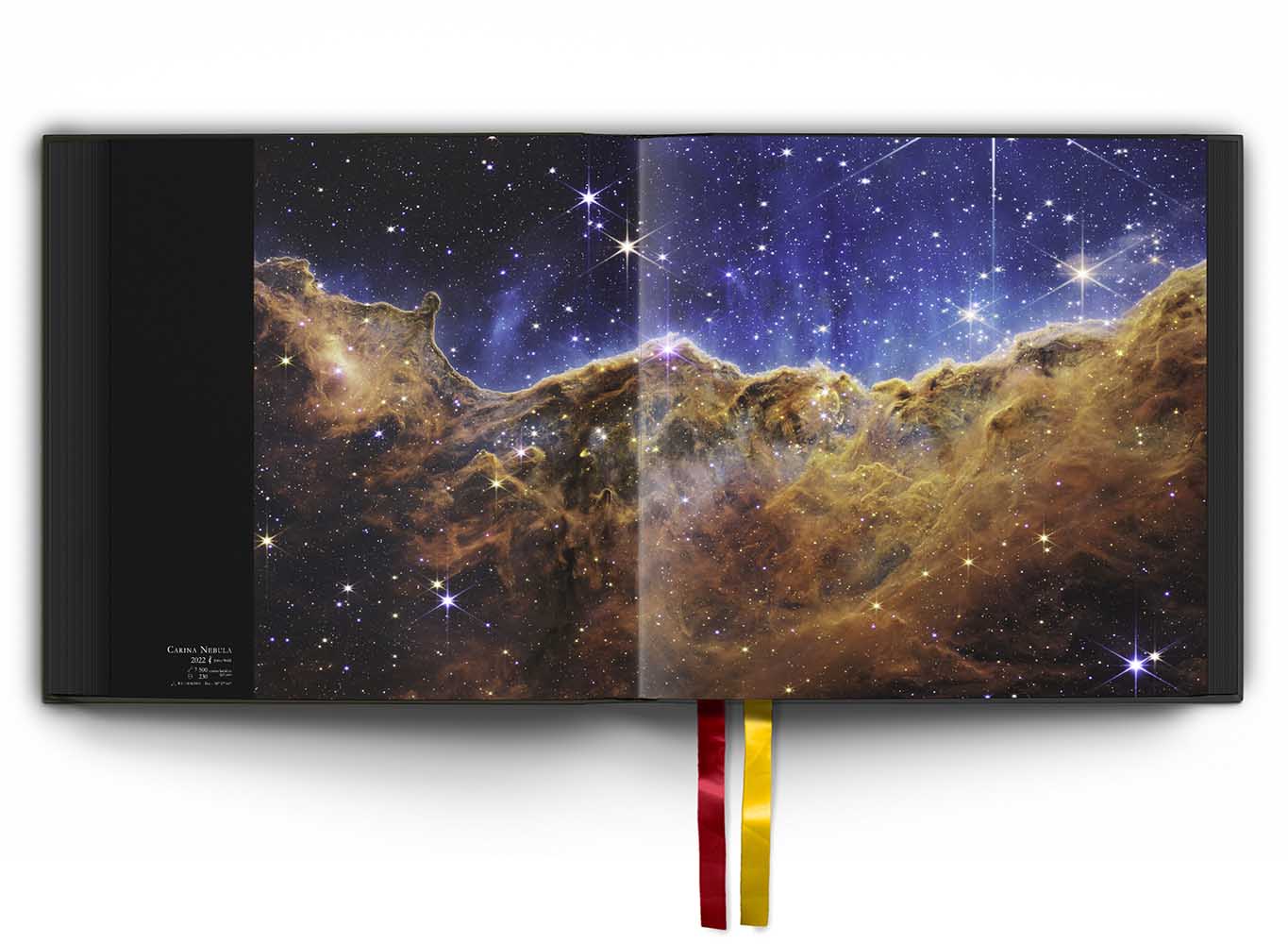
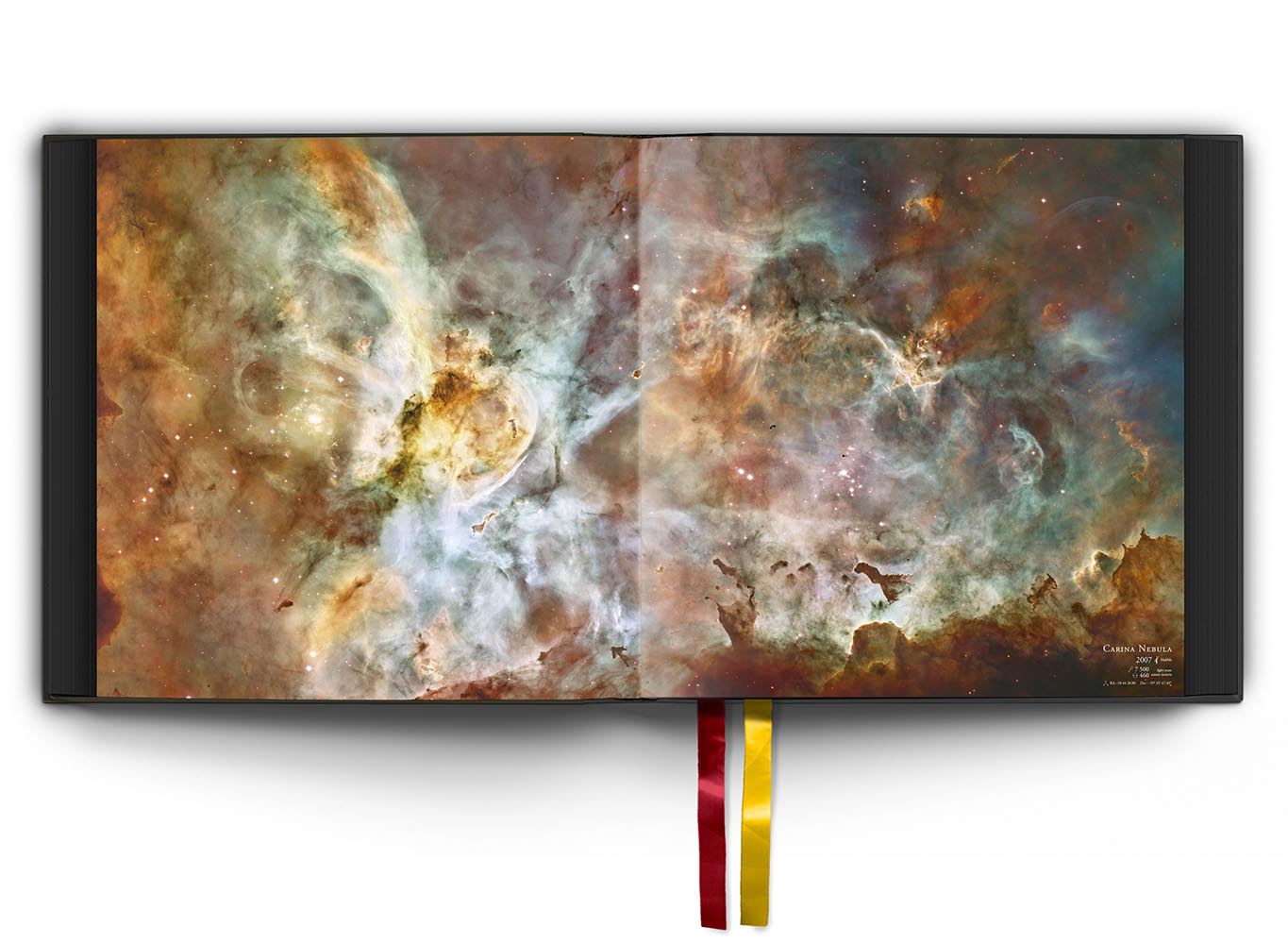
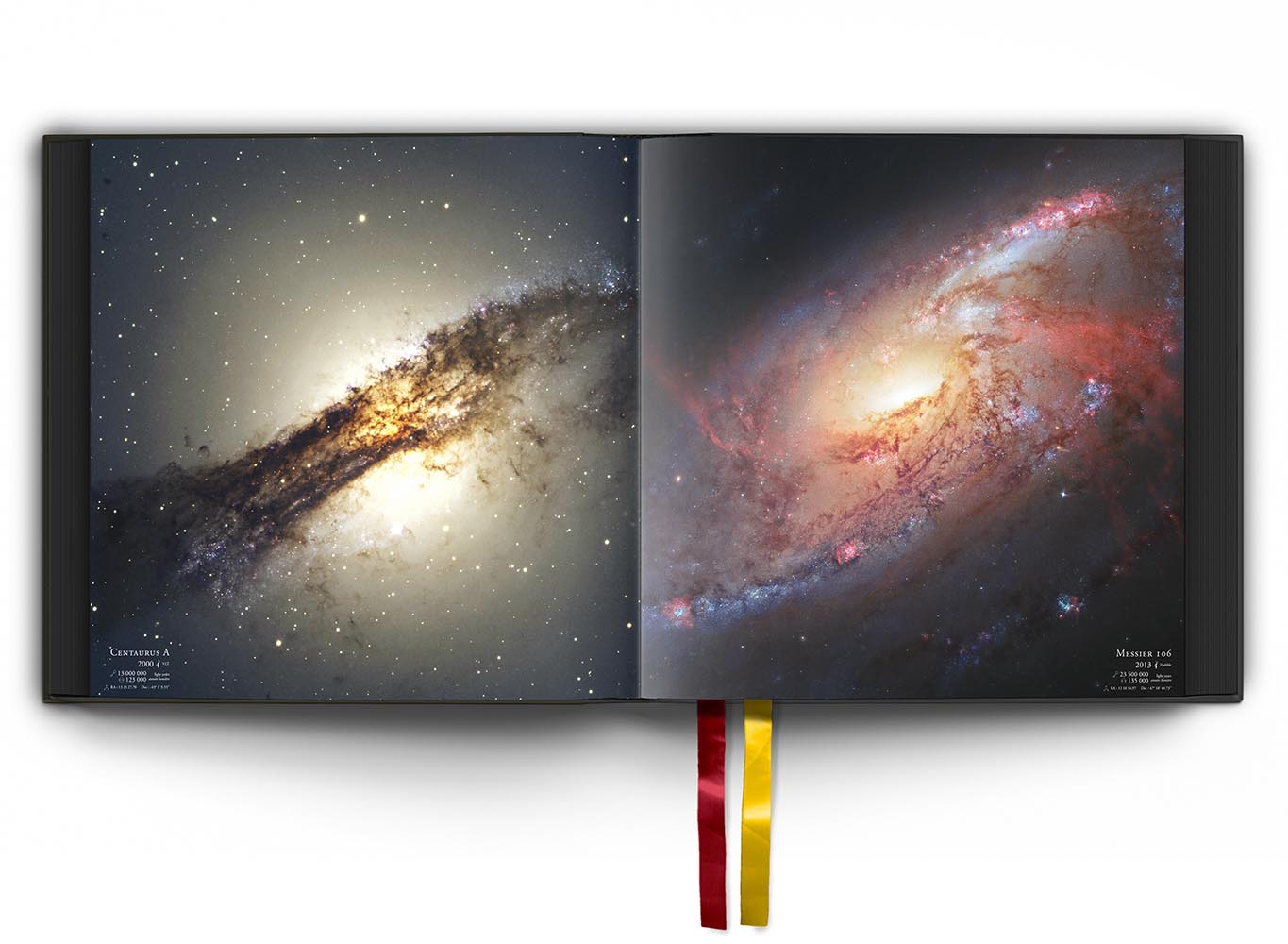
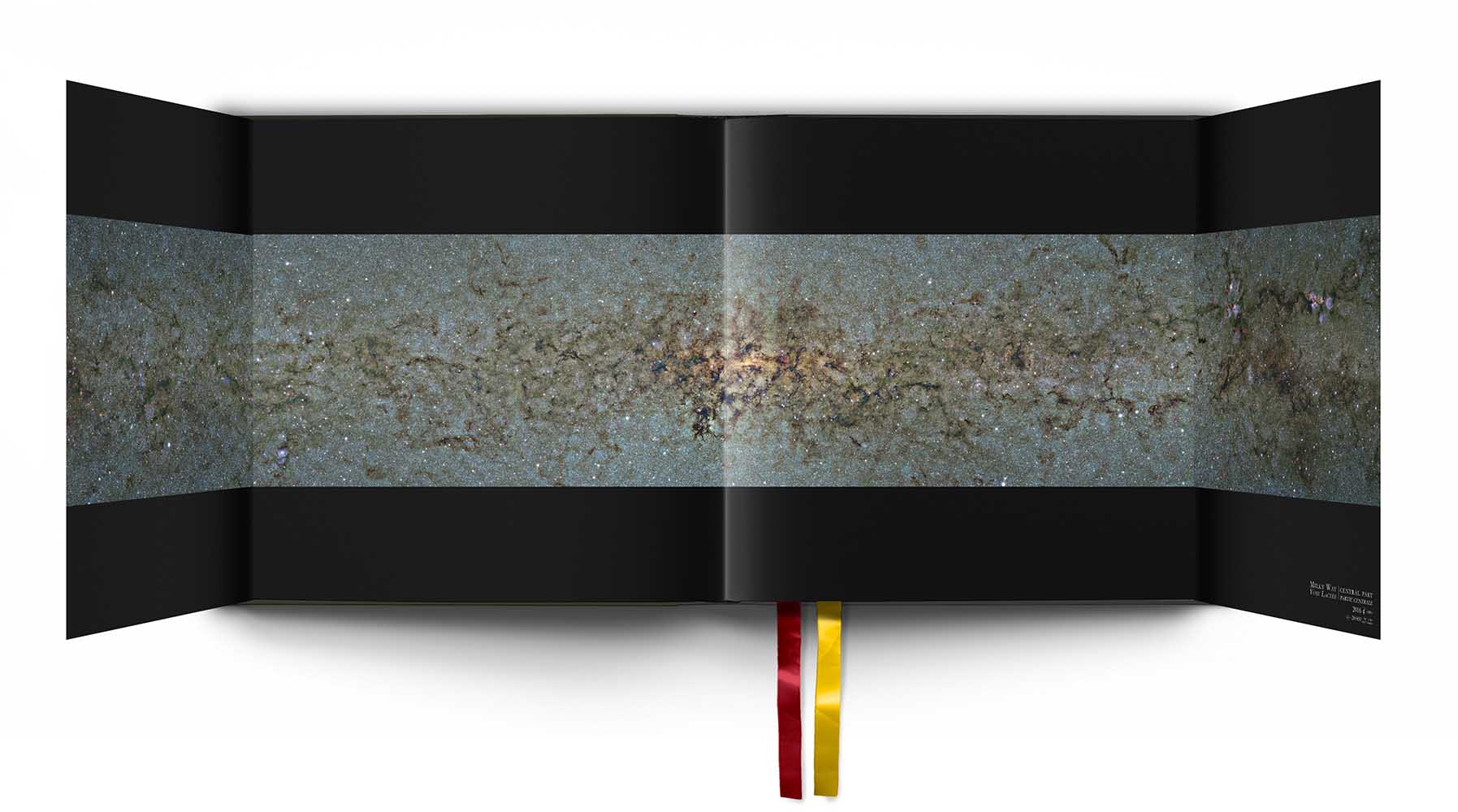
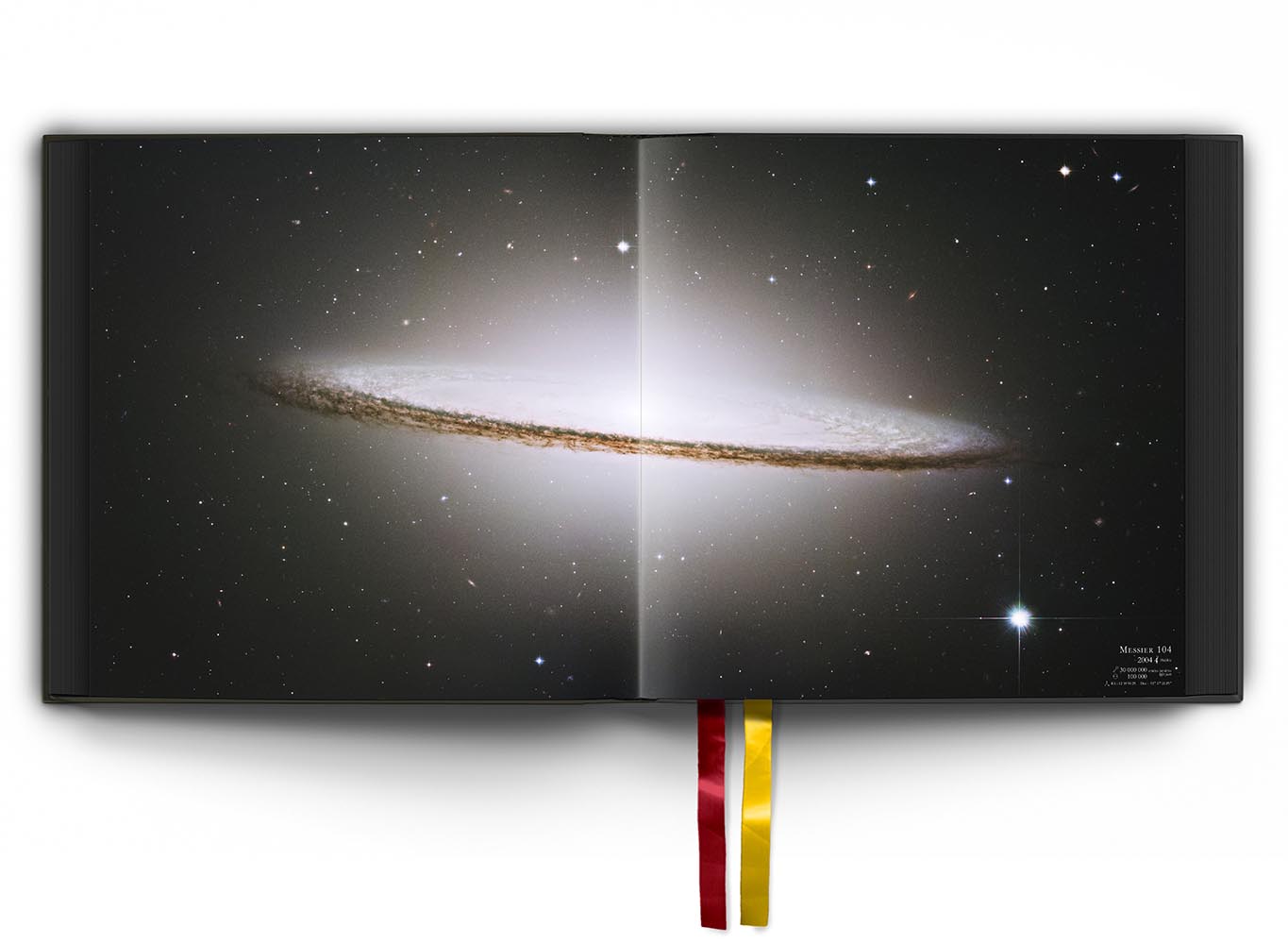
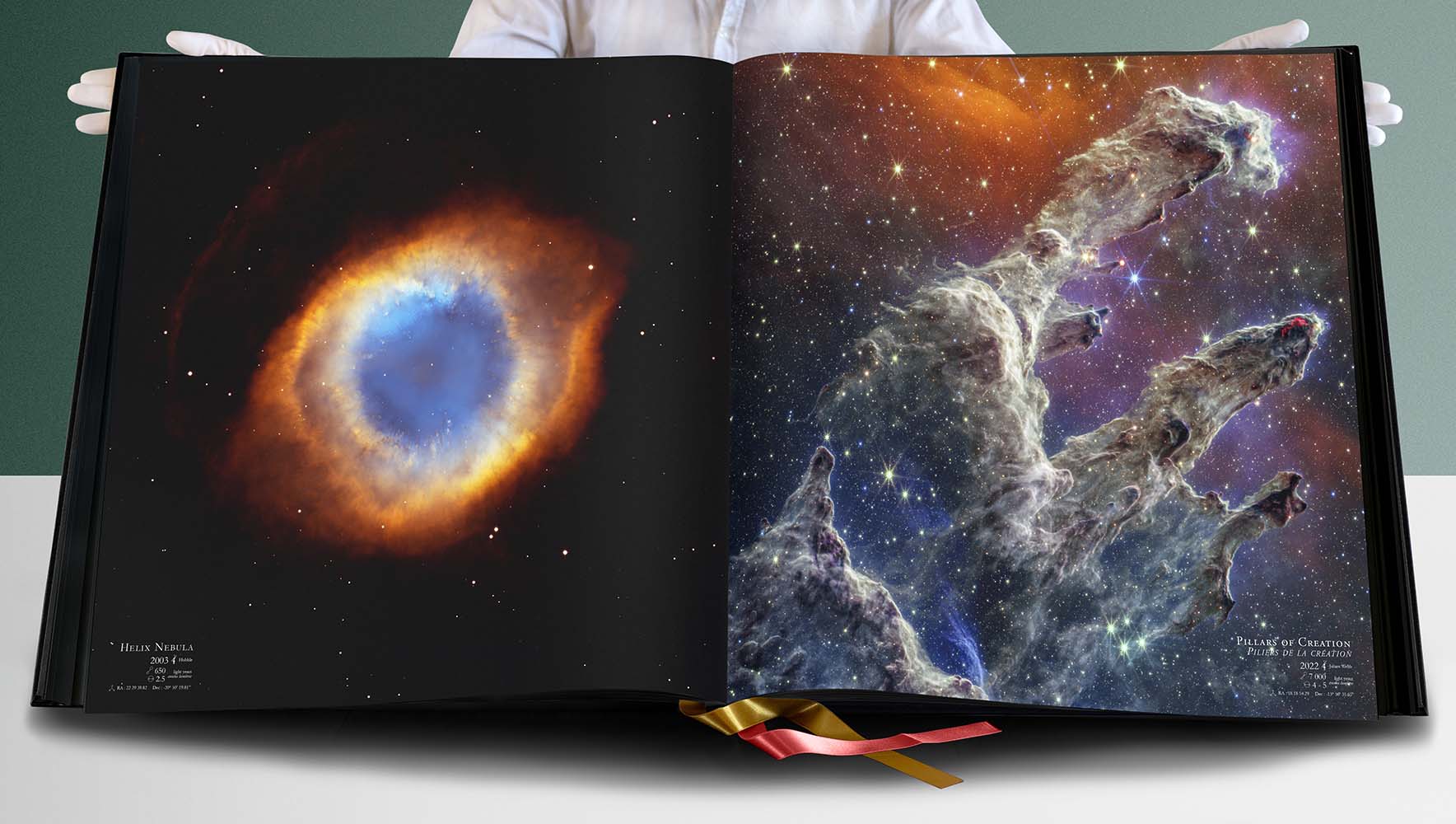
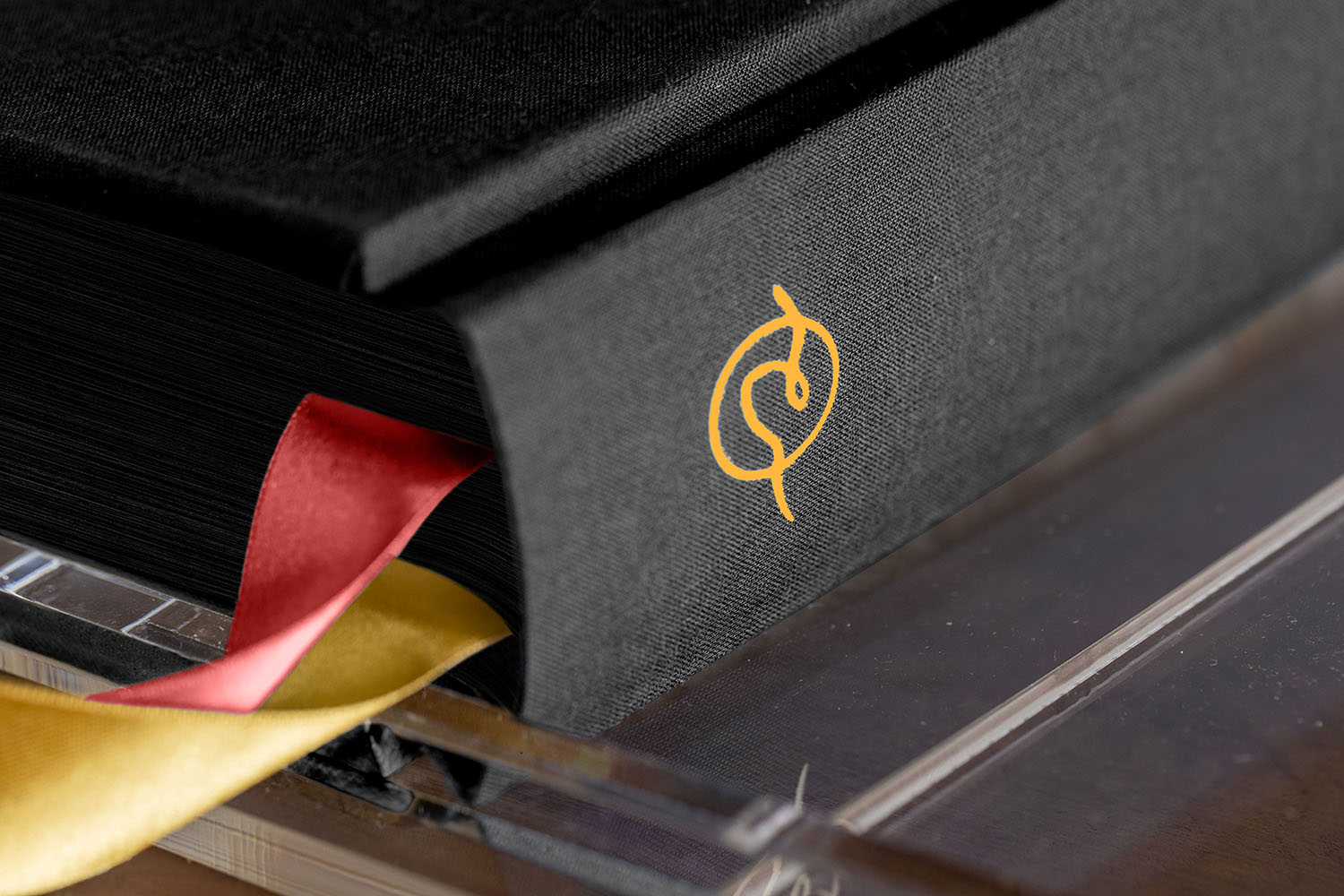
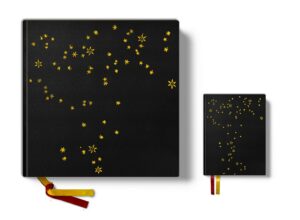
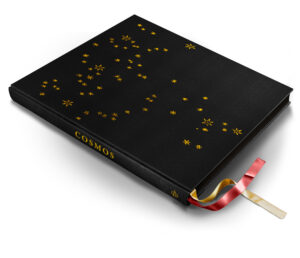
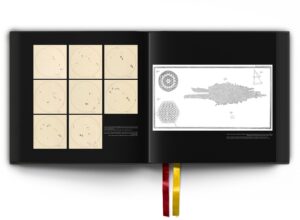
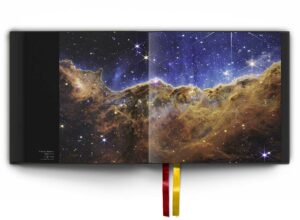
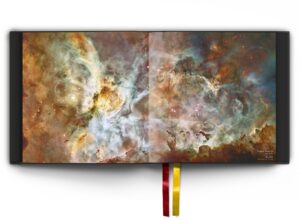
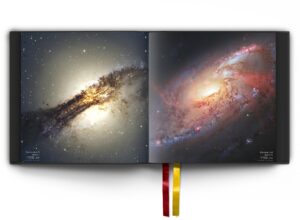
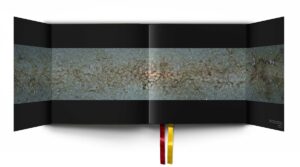
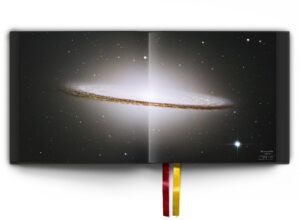
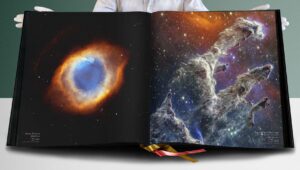
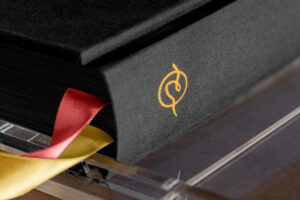
Foreword
COSMOS, an extraordinary art book, is conceived as a journey through space − from the nearest celestial bodies to the outermost edges of the universe.
Following the success of our first exceptional publication—the complete reproduction of the legendary Cassini Map, C | Éditions continues its ambitious program with this remarkable new opus.
Bringing together both legendary and little-known images, this volume inspires awe and wonder. It pays tribute to the spectacular achievements of international space observation over the past sixty years − milestones made possible by the dedication and vision of the global scientific community.
With scientific direction by astrophysicist Sylvain Chaty, and a foreword by Michel Mayor, Nobel Prize-winning physicist and co-discoverer of the first exoplanet, this exceptional object includes a custom-designed lectern for elegant and comfortable display, as well as a richly illustrated companion volume exploring the many facets of astronomy.
Book’s extract
The exceptional book
The most breathtaking images of the Universe, gathered for the first time in an extraordinary art book. Conceived with expertise and crafted with care, this work celebrates human ingenuity and the extraordinary instruments that have made possible our journey from the nearest celestial bodies to the very edges of the cosmos.
A book destined to stand the test of time.
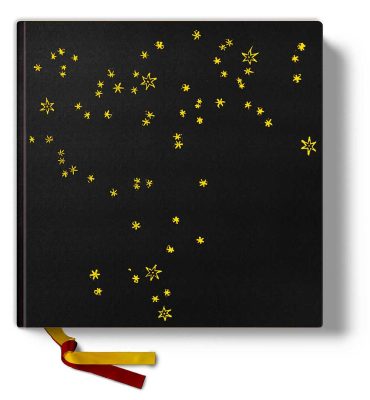
Book Features
Entirely hand-bound by a master Italian bookbinder
Binding: 3-piece Bodonian style:
Cialux black cotton cloth with hot stamping
Binding features: rounded spine, cardboard 4 mm, headbands
2 ribbon markers
Endpapers: Nettuno uncoated, dyed-through paper 290 gr
Inside paper: Symbol Tatami white coated paper 200 gr
weight: 17 kg (37.5 lbs)
Printed by EBS (Verona, Italy)
L’exception / deux
Cover image: Galileo’s depiction of the Orion constellation, 1610 (excerpt).
The Companion Book
Written by some of the foremost specialists in astrophysics, this beautifully illustrated book will invite both seasoned enthusiasts and curious newcomers to travel through the grand narrative of cosmic exploration. It presents a sweeping panorama of man’s quest to understand the universe, celebrating the journey from Galileo’s earliest observations to the frontiers of tomorrow’s astronomy.

Book Features
300 pages
305 illustrations
Closed book format: 22,5 x 29 cm (8.86 x 11.42 in)
Binding: Cialux black cloth with hot stamping
Inside paper: Garda mat 150 gr
Endpapers: irio uncoated, dyed-through paper 140 gr
Binding features: square spine, headbands,
2 ribbon markers
Weight: 2 kg (4.4 lbs)

Scientific editor of the publication and author of the introduction: Sylvain Chaty
Professor Sylvain Chaty is a French astrophysicist expert in compact objects such as neutron stars and black holes. Professor of Astrophysics at Université Paris Cité and at Ecole polytechnique, he has significantly contributed to the understanding of X-ray binary systems, co-discovering a new population of previously hidden X-ray sources. A prolific author of scientific articles and books, he is also committed to science outreach and education in astrophysics and beyond.

Foreword author: Michel Mayor
astrophysicist and member of the Geneva Observatory, is an honorary professor at the University of Geneva. Alongside Didier Queloz, he revolutionized our understanding of space with the discovery of the first exoplanet. In recognition of this groundbreaking achievement, they were awarded the Nobel Prize in Physics in 2019.
For further information
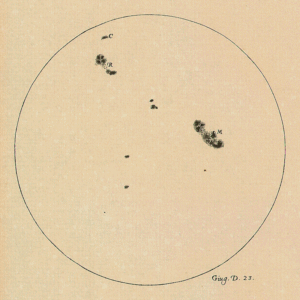
Since time immemorial, humankind has contemplated the omnipresence of the heavens. Through myth and the sacred, we have imbued the skies with meaning, weaving them into the fabric of our own history. The firmament was long considered the supreme realm of the divine − inaccessible in all its dimensions. A boundary was drawn, both physical and spiritual, one that remained impassable for centuries.
Yet from antiquity onward, science began to probe this otherworldly expanse, seeking to unveil its mysteries. It devised instruments, those precious telescopes − to better observe the heavens, and since Galileo’s time, scientific inquiry has advanced at an astonishing pace, despite countless technical and religious obstacles. These impediments did not deter his successors who carried the torch forward. The early blows to existing mythologies came with the description of planetary motion and the demonstration of heliocentrism. Instruments grew ever more refined, discoveries multiplied, and humankind began to grasp what once seemed forever beyond reach. Yet the only images that survived were those etched into the mind’s eye, occasionally rendered in delicate sketches.
A shift occurred in the mid-20th century: in 1946, a ballistic rocket carried a camera into the upper atmosphere and returned with the first partial image of Earth from space. Since then − from Apollo 11 to the launch of the James Webb Space Telescope − the history of space exploration has accelerated beyond measure, bringing with it images of breathtaking precision, revealing celestial bodies ever more distant. Born of unprecedented international collaboration, these images astonish by their sheer diversity and sublime beauty.
This exceptional art book pays homage to that ontological rupture that carried Homo Sapiens from gazing at a sky scattered with white dots to beholding images of cosmic entities hundreds of millions of light-years away. In the face of such immensity − of realms likely beyond human comprehension − this book offers not only awe-inspiring visions, but also a mirror into our own bewildering place within the universe.
Structured as a journey from the nearest to the farthest reaches of space, this volume unfolds in four parts, encompassing the full breadth of the cosmos. It is designed as a voyage into infinity. With its elegant, timeless layout and high-quality craftsmanship, the book aspires to become a lasting object of reference. Scientific direction is overseen by Professor Sylvain Chaty, astrophysicist at Université Paris Cité. The foreword is written by Michel Mayor, discoverer of exoplanets and recipient of the 2019 Nobel Prize in Physics for that foundational achievement. A refined and durable stand will ensure a reading experience that is both comfortable and contemplative.
This immense volume is accompanied by a richly illustrated companion book, offering commentary and insights. It traces the history and multiple dimensions of space exploration. Written by leading contributors, it is conceived as a comprehensive and accessible state-of-the-art account of our current understanding of the cosmos.
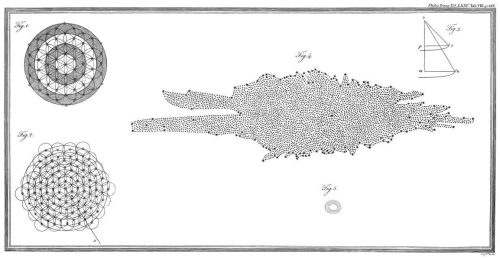
Contributors
Jocelyn Bell, a British astrophysicist, president of the Royal Society of Edinburgh, and visiting professor at the University of Oxford, is renowned for her discovery of the first pulsar – an achievement for which her thesis advisor, Antony Hewish, was awarded the Nobel Prize in 1974.
Catherine Cesarsky, astrophysicist and president of the International Astronomical Union (2006–2009), was awarded the Fritz Zwicky Prize in 2024 by the European Astronomical Society for her outstanding contributions to the understanding of galaxy evolution.
Françoise Combesastrophysicist and holder of the «Galaxies and Cosmology» chair at the Collège de France, is an honorary member of the American Astronomical Society. She specializes in the study of galaxy evolution and composition. She obtains in 2020 the Gold medal of CNRS, the highest French distinction.
Joseph DePasquale & Alyssa Pagan, with backgrounds in both science and the arts, are members of the Space Telescope Science Institute. They are among the world’s leading specialists in processing astronomical data from various telescopes and transforming it into stunning visual representations.
Andreas Faisst is an astronomer at the Infrared Processing and Analysis Center (IPAC) at the California Institute of Technology. His research focuses on the formation and evolution of the earliest galaxies in the universe.
François Forget, a French astrophysicist and climatologist, is a research director at CNRS and a member of the French Academy of Sciences. He specializes in the exploration of the Solar System and planetary environments.
Patrick Lécureuil, an astrophotographer with over 25 years of experience, has dedicated himself to making astronomy accessible to all audiences. He published many notable works, including La photo du ciel de jour comme de nuit (Pearson, 2010) and numerous articles published in Astronomie Magazine.
Denis Savoie is a historian of science, an associate researcher at the Paris Observatory (LTE), and a member of the International Academy of the History of Science. His expertise in gnomonics has resulted in several significant contributions to the history of astronomy.
Excerpts layout is for illustrative purpose only